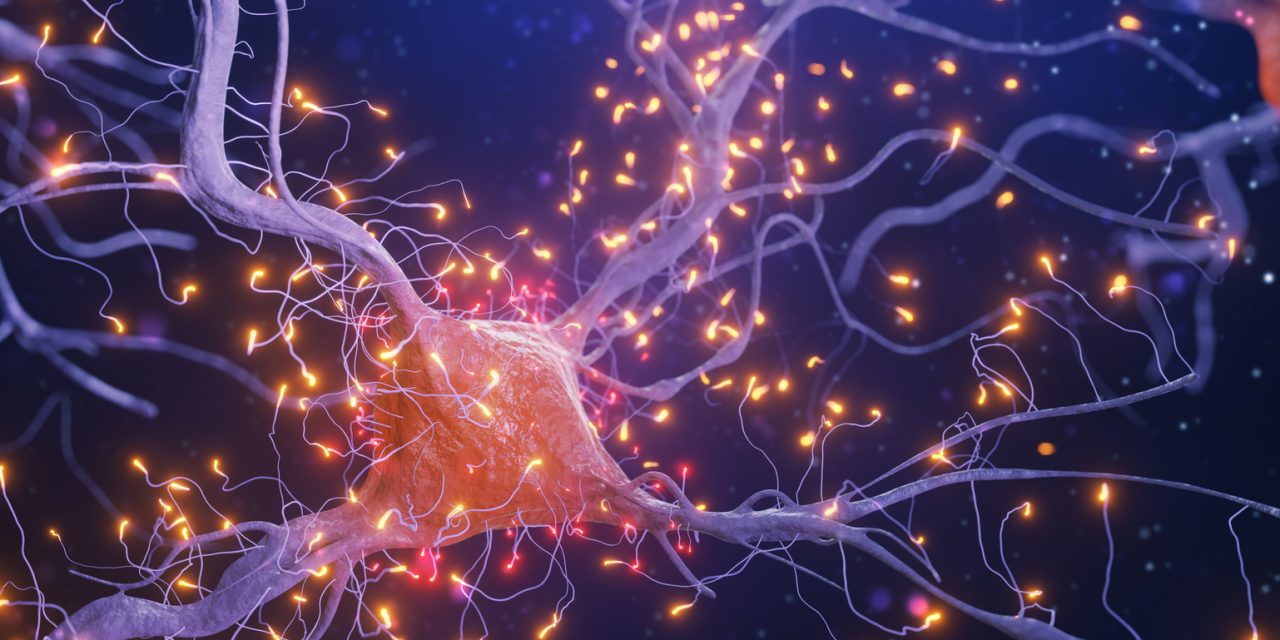Central coordination disorders (CCD) are a group of anomalies seen in neonates, although early treatment can help improve their situation. The goal was to find characteristics that could influence the early effects of CCD therapy in newborns. The researchers looked at the results of a three-month rehabilitation program for newborns with CCD. Between 1 January 2014 and 31 November 2019, children were treated at the Non-public Specialist Healthcare Institution. They examined the effectiveness of three-month therapy for infants with CCD aged 1 to 6 months in a retrospective study and the potential impact of various factors.
During the first visit (WW) and the follow-up visit (WW), the Vojta technique was used to conduct therapy and assessment of the children (after 3 months- 1WK). The impact of many parameters on the treatment effect was investigated, including the mother’s age at delivery, breastfeeding duration, child APGAR, gestational age at birth, sex of the kid, birth weight, age of the child at WW, kind of delivery, and craniosacral therapy as an additive treatment. Based on the evaluation results from 66 medical records, they determined that 54 (81.81%) (p=0.48) children improved after an active period of therapy (a condition during WW versus 1WK among the group). The child’s age at WW, when treatment began, was the only factor influencing recovery after three months. This component (p=0.002) increased the likelihood of improving – by 3.2 times (OR= 3,2; CI= 95). Children with CCD who begin rehabilitation as soon as possible have a better chance of improving their motor function. Restoration begins soon after the diagnosis.
Reference:bmcpediatr.biomedcentral.com/articles/10.1186/s12887-021-03066-4


